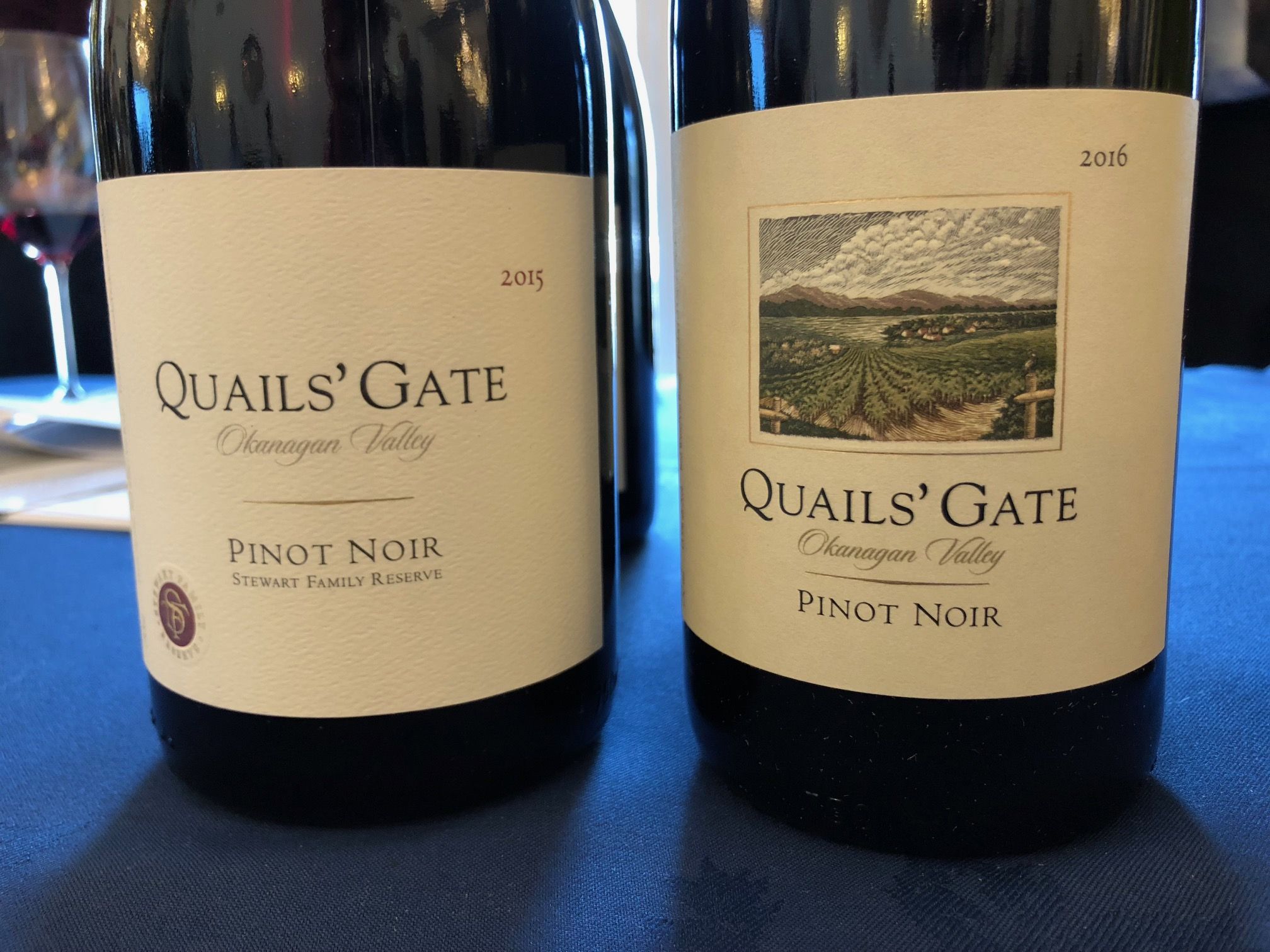Peter Dean’s Best Wines of 2017 includes some real icons, some familiar wines from old hands, plenty of newcomers and a couple of ones you may never have heard of – from the more eclectic end of the spectrum.
Unlike other Reviews of the Year – books, film, sport, for example – Best Wines of the Year lists have a startling dissimilarity to one another.
The critics’ Best Films of 2017 will have some common ground, even between broadsheets, tabloids and blogs – with half a dozen films or more coming up in different critics’ lists.
Not so with wine experts, given how many different wines are produced each year, how subjective wine tasting is, what the criteria for Best is, and how different people’s field of reference is – you cannot imagine Doug Wregg’s Best Wines of the Year ever having the same wine on as Neal Martin, for example. In fact, there is every chance that neither Wregg nor Martin would be tasting the same wines as each other in any case.
And so it has been with The Buyer’s wine experts – Roger Jones, Justin Keay, Anne Krebiehl MW, Christina Rasmussen, Mike Turner and Chris Wilson. All of our tasters listed their Best Wines of 2017 and not one wine was the same out of some 80 wines.
There are different criteria applied to what we mean as ‘Best Wines’ and personally I don’t subscribe to listing the oldest, rarest drops from the deepest recesses of the cellars of First Growths. I prefer a more inclusive approach so I have only listed new releases that you can actually buy for yourself or for your list should you so wish.
Henschke, Hill of Grace, 2012 (Enotria&Coe)
Like Chris Wilson I loved Henschke’s delicious Nebbiolo but, for me, Hill of Grace was in a league apart this year. This is a wine that tastes young and old at the same time and is amazingly approachable given its youthfulness. It has layer upon layer of flavour, velvet tannins, a great but unobtrusive structure, and a bright, playfulness of fruit on the palate that makes you think ‘sweet’ when it is really pure voluptuousness.
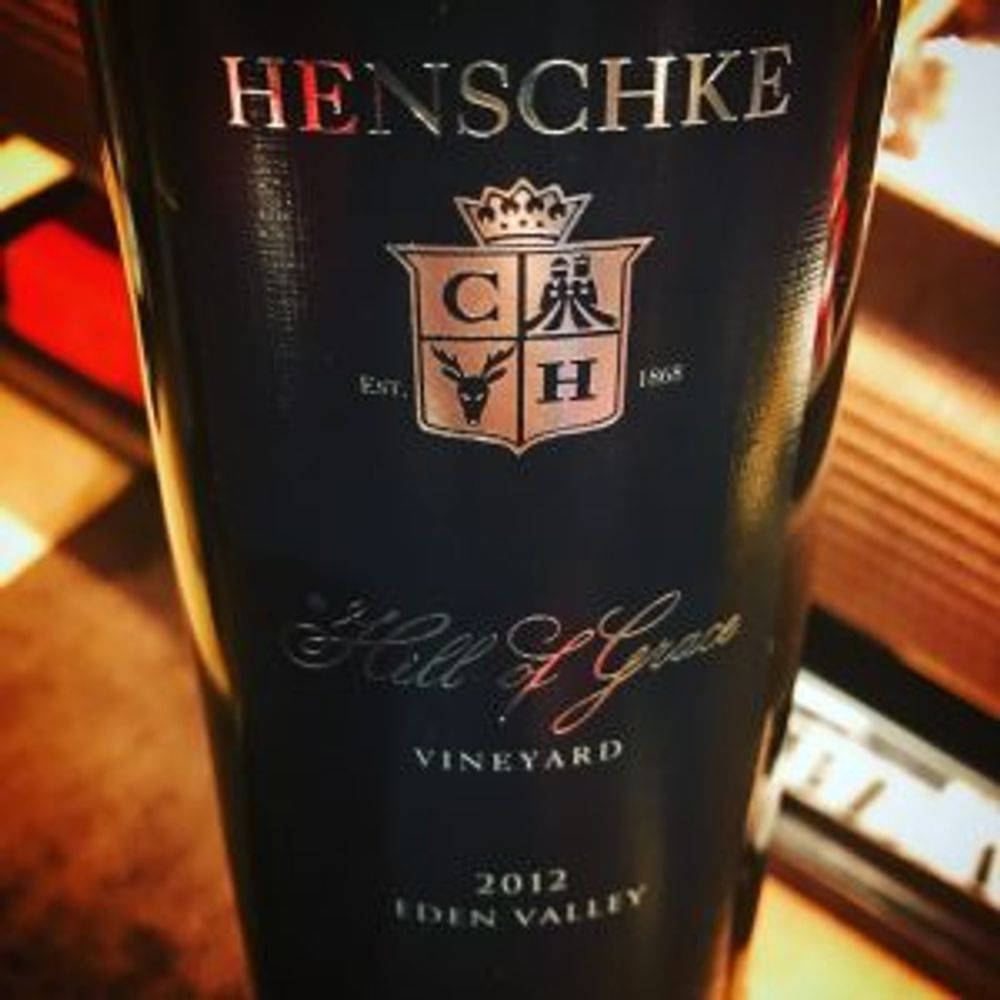
I normally share my best wines but with this I might make an exception.
This one pipped Grange to be named Best Australian Wine of the Year by James Halliday on account of its sense of place (ie it is not a blend) and I think it’s easy to see why.
Ghislane Barthod, Chambolle-Musigny, 2015 (Lay & Wheeler, Goedhuis)
I tasted a lot of outstanding Pinots this year, Burn Cottage from Central Otago and Cristom from Oregon stood out as well as the others mentioned below. In Burgundy the 2015 vintage was awesome with many truly great reds produced.
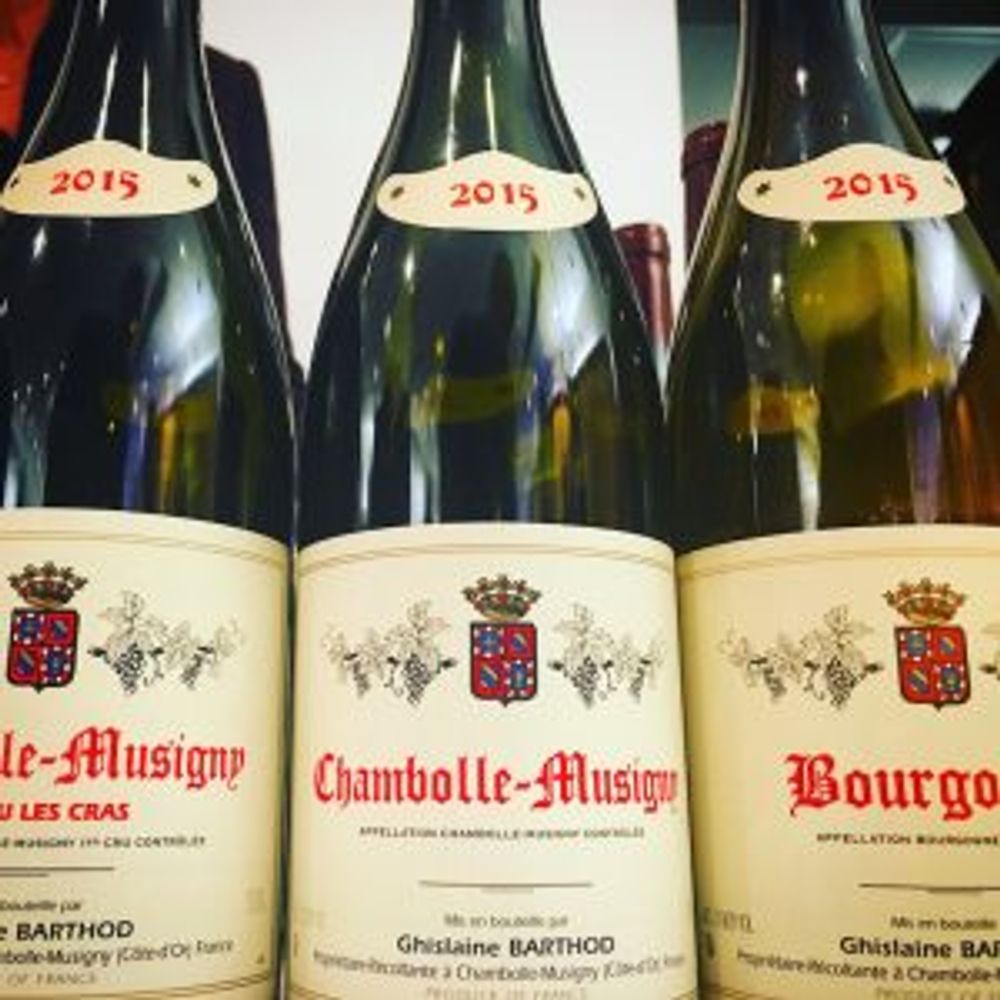
I liked Bichot’s range (its Chambertin Grand Cru in particular) and many others of course but in the January tastings it was the wines of Ghislaine Barthod that kept standing out – so effortlessly pleasing, refined, profound.
To me what gave these wines the edge over the rest was the structure she gives them from the top crus through village to simple Bourgogne rouge. To call her an artist is not an exaggeration.
Radio-Coteau, Pinot Noir ‘Dierke’, Sonoma Coast, 2013
There was an enormous amount of memorable wine tasted on a May trip to California, the most compelling in a tasting of some 20-odd Pinots was Radio-Coteau’s ‘Dierke’ that is one of seven Pinots they produce with fruit taken from a late-ripening hillside site on the Sonoma Coast.
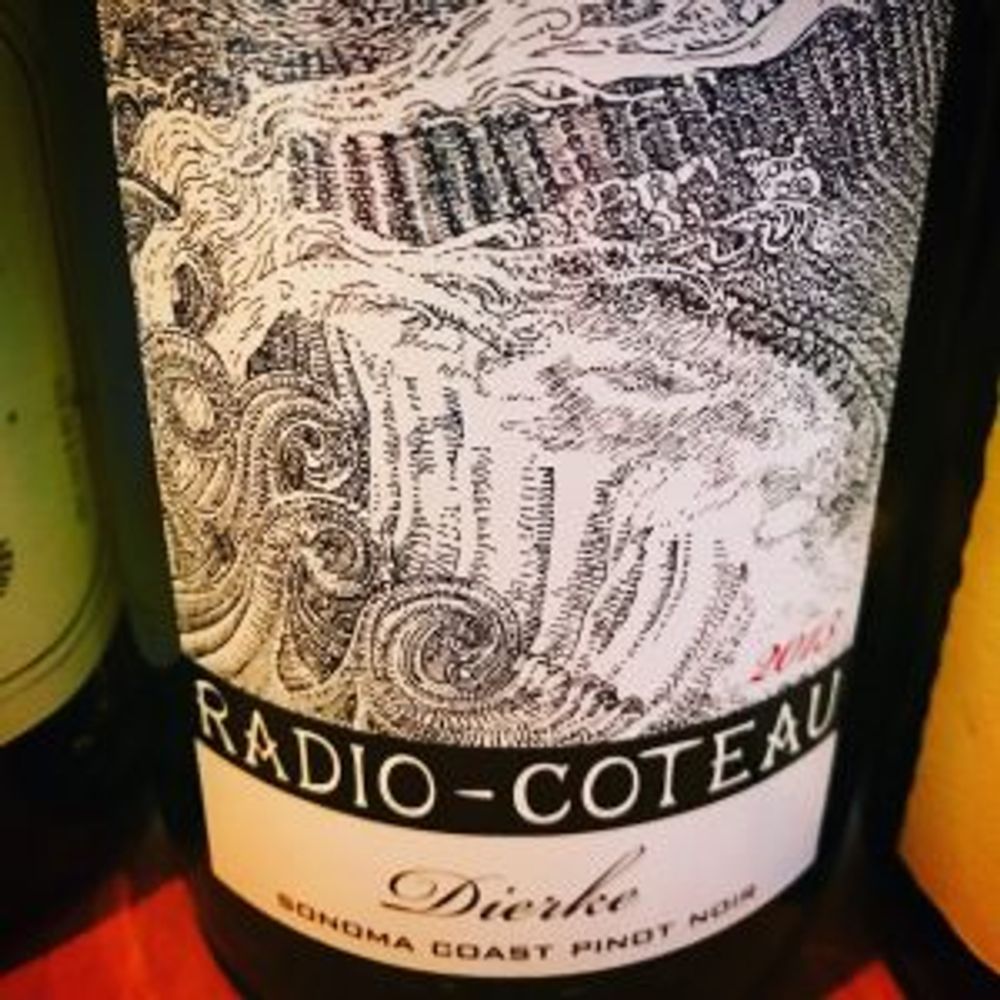
This is a wine that is heavily textured with fine tannins, great fruit balance and a vibrant minerality which critic Karen MacNeil described on the day as having a great ‘centre of gravity’ which sums it up pretty well. Lot of movement in the wine and then it settles into a textured groove.
Delicious wine and clearly a producer to keep an eye on.
Hirsch Vineyards Pinot Noir, West Ridge, Sonoma Coast, 2014 (Roberson)
Weirdly at the same tasting Hirsch’s flagship Pinot, San Andreas Fault, didn’t hold its own but a day later in a horizontal tasting was up to its brilliant best. This range tasting, conducted by Jasmine Hirsch overlooking the Pacific, was right up there and the quality of all the wines was Grand Cru by any other name.

What was so interesting was the differences between the sites, with West Ridge and Block 8 drinking best on the day. It is the quality of the fruit and its tense relationship with the acidity and texture that makes the Hirsch wines so distinctive.
Errazuriz, Sena, Chile, 2015 (Hatch Mansfield)
Winemaker Francisco Baettig has been striving for greater elegance and complexity in the estate’s flagship wine for some years and has finally achieved a double-whammy with the latest vintage.
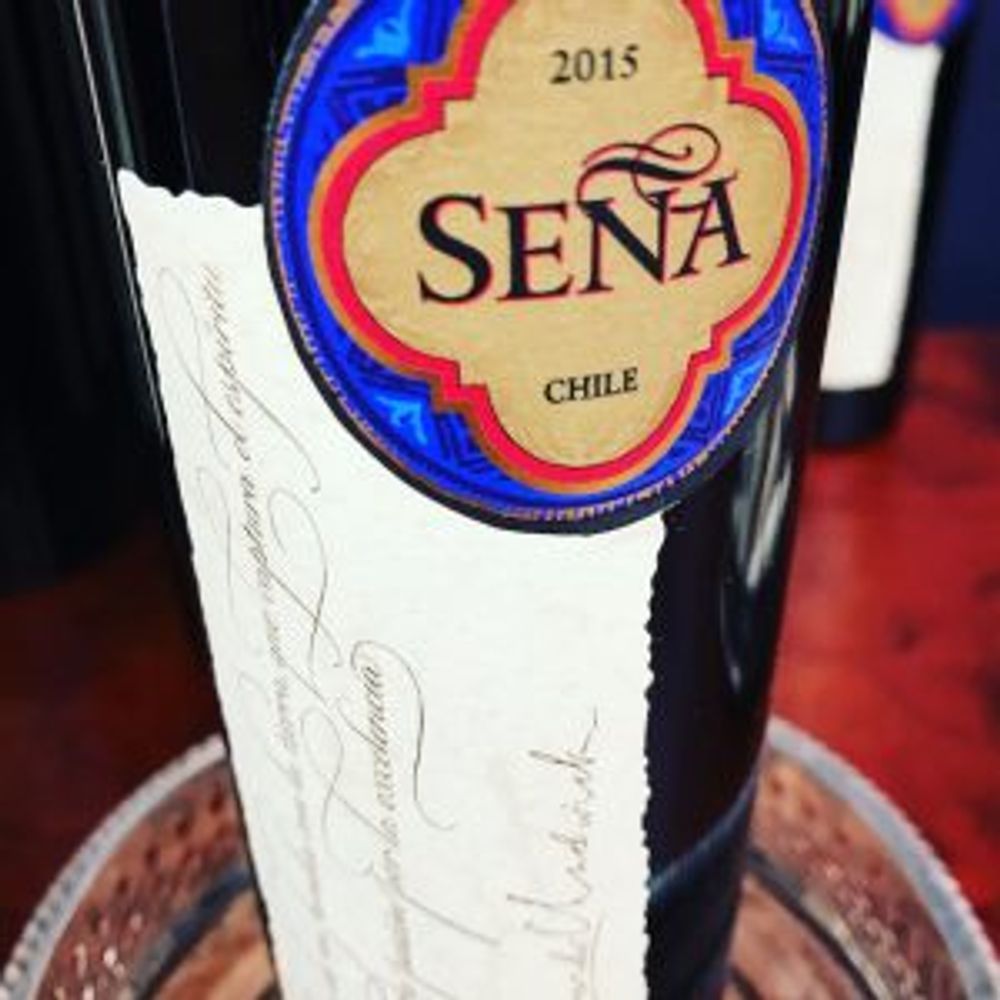
Inspired by old-style First Growths, this is a Cab-dominant five-grape blend where the acidity is tight, nicely structured, the alcohol reined-in. On the nose come gorgeous aromas of just-picked blackcurrant, red fruit, coffee, wet stones. On the mouth the tannins are almost imperceptible in what is a relaxed mouthfeel and yet there are many layers of complexity.
Tasted blind who would have thought this came from Chile? A stunning wine.
Bodega Noemia, Patagonia, 2015 (The Wine Treasury)
The freshness that is de rigeur in the top South American Malbecs is refreshing indeed for someone who set out their stall as hating the sweaty, leather style of yesteryear. I now gladly eat my own words when the likes of Bodega Noemia comes along.
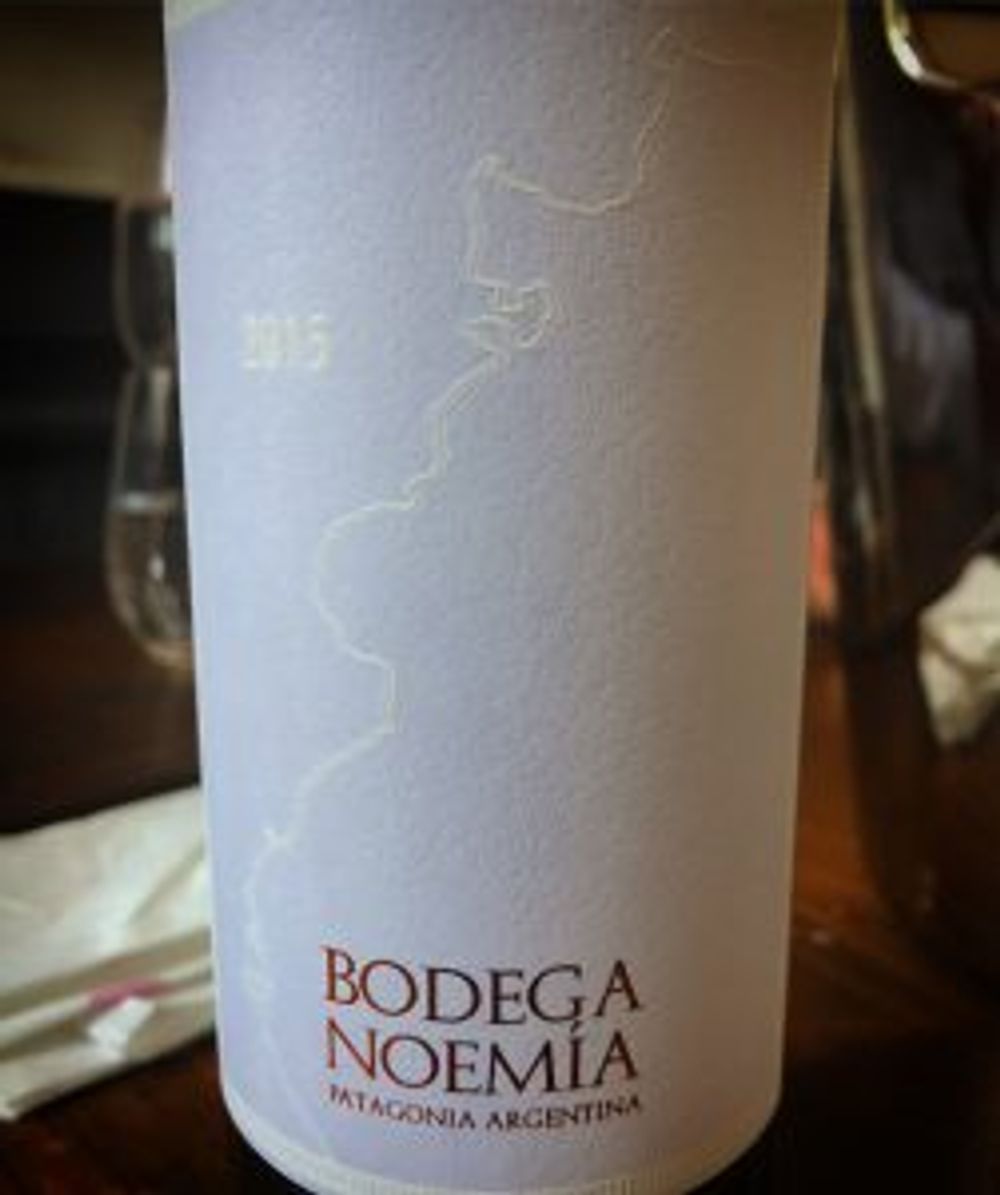
From Hans Vinding-Diers the winemaker behind the wonderful Chacra Pinots in Patagonia, this outstanding 100% Malbec from 85 year old ungrafted root stock is ripe, layered and intense but also fresh and precise. He gets to the same place as Argentina’s Altura Maxima but by taking a different route.
Note to self: leave in the cave for at least 10 years.
Zorzal, Cuatro del Cuatro, Navarra, 2015 (Indigo)
There is a good deal of exciting winemaking across the world right now, especially with almost-extinct varietals and unusual grapes. 2017 showed off some great examples: the Eggo range from Argentinia’s Zorzal (no relation to this producer), the Elenovo Mavrud from Bulgaria’s Edoardo Miroglio and the wild Pais from Chile’s Bouchon estate that the team is making in a much more approachable style this year.

I have been a big fan of Zorzal in Navarra for some time and their new wine Cuatro del Cuatro is giving their elegant wines from old vine Graciano even greater refinement. The wine has gone through a more intense selection process and is made in honour of their father who was born on April 4th (as I was) hence the wine’s title. Pure, with a wonderful backbone – stunning value too.
Remelluri, Blanco, Rioja 2014 (Indigo)
New Spanish winemaking was also the focus of Vinateros! Which was one of the best and worst tastings of the year. A brilliant, exciting selection of wines but in the Switch Room of the Tate Modern so jammed full of people it was often six deep at the tables (hence the less-than-great bottle shot… well that’s my excuse).
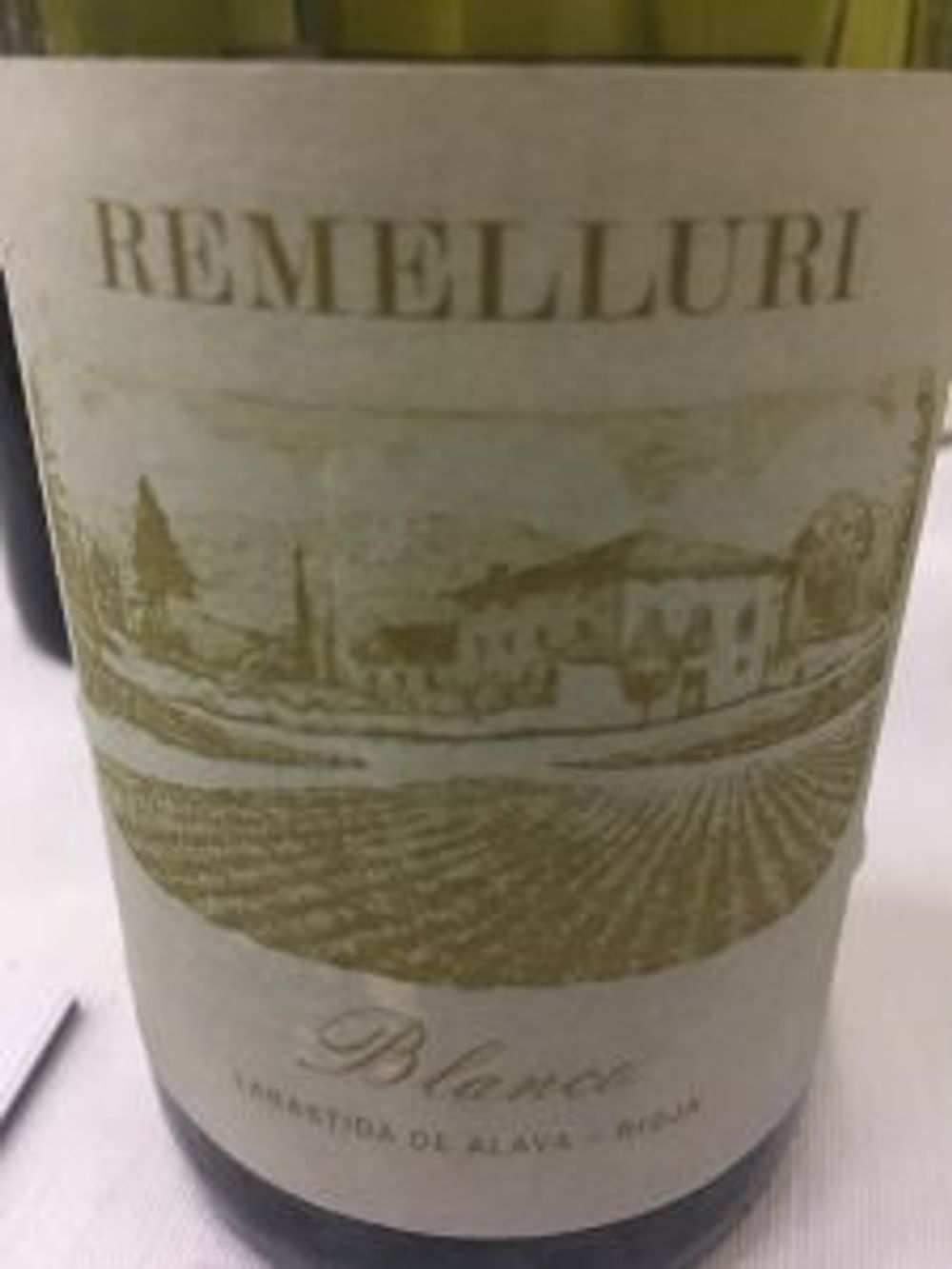
Remelluri was tucked away in the corner of the room but it was worth the scrum down, siting like the Holy Grail to all who dared push their way forward. This blanco is a 9-variety blend from high altitude, North West-facing poor limestone terraces and it just vibrated on the palate – totally unique and quite brilliant.
The bodega is a bitch to get to apparently but I will make the pilgrimage to the Granja Nuestra Señora de Remelluri vineyard. It’s got to be easier than seeing them at Vinateros! A wine that makes you go Wow!
Vermouth di Torino, Pio Cesare (MMD)
There are always a good deal of fortified wines to try in any given year. Not new by any stretch but always jaw-droppingly good is Fernando de Castilla Oloroso which showed up in an excellent masterclass on sherry food-pairing (read here if you’re interested) and it was good to discover Knightor, the fine Cornish white Vermouth which may go some way in making up for the sad demise of The Collector, my favourite English Vermouth.
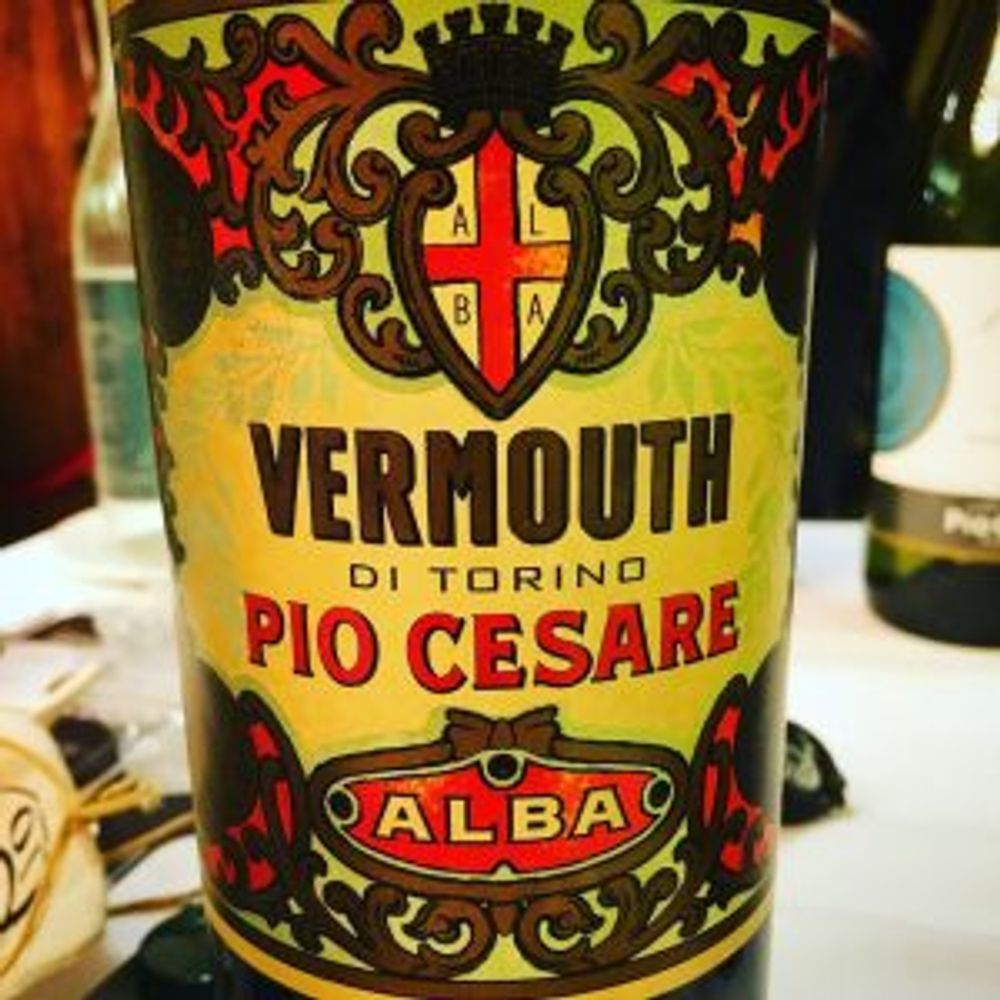
For me, though, the fortified that turned my head this year was a red Vermouth made by Pio Cesare which they have just started making after many years absence – and a good decision to keep the cool, original label that gives it retro charm.
Absinth, 26 botanicals, Pio Cesare white wines, four months in oak, then burnt sugar added all makes for a distinct taste – to be drunk without ice and a slice of lemon zest. When in ‘Rome’…
Charles Heidsieck, Blanc Des Millénaires, 1995 (Liberty)
I’m not really a Champagne person – I love it, especially the good stuff but I get more bang for my buck with still wine, so will rarely spend £100 on a bottle of fizz. Charles Heidsieck has always been my exception and this new release is awesome.
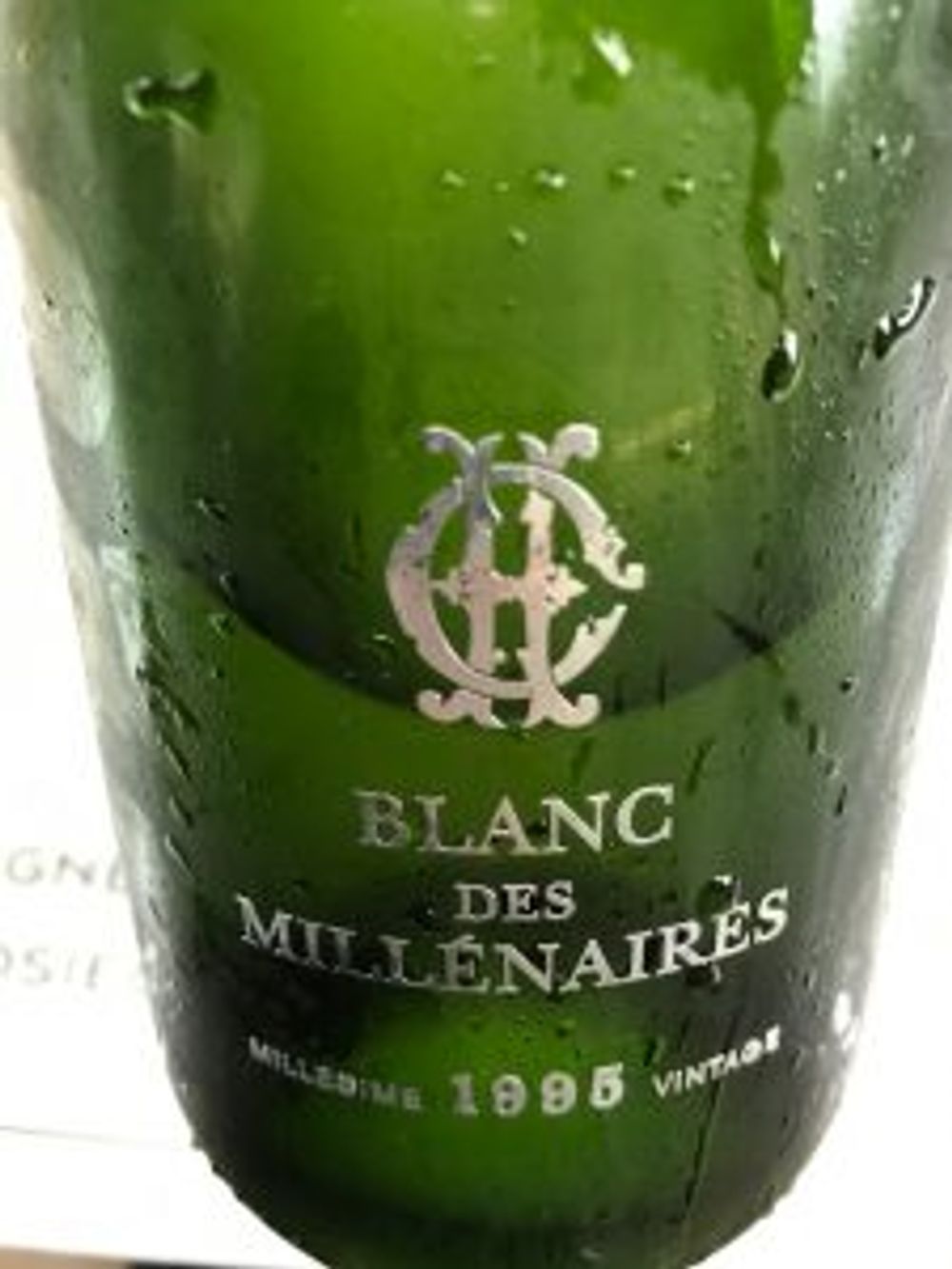
A wine I have tasted at different events throughout the year, there is a real savoury depth to the wine, nutty, bread, brioche along with freshness and still youthful acidity. There is such quality here it’s such a cut above.
I did finally relent and bought myself a six-pack. Some ‘rules’ are made to be broken.
Lukas Van Loggerenberg, ‘Kameraderie’, Chenin Blanc, 2016 (Dreyfus Ashby)
I’m a bit of a sap when it comes to Chenin Blanc, and for me there were two that really stood out this year, one from a newcomer and one from an old hand.
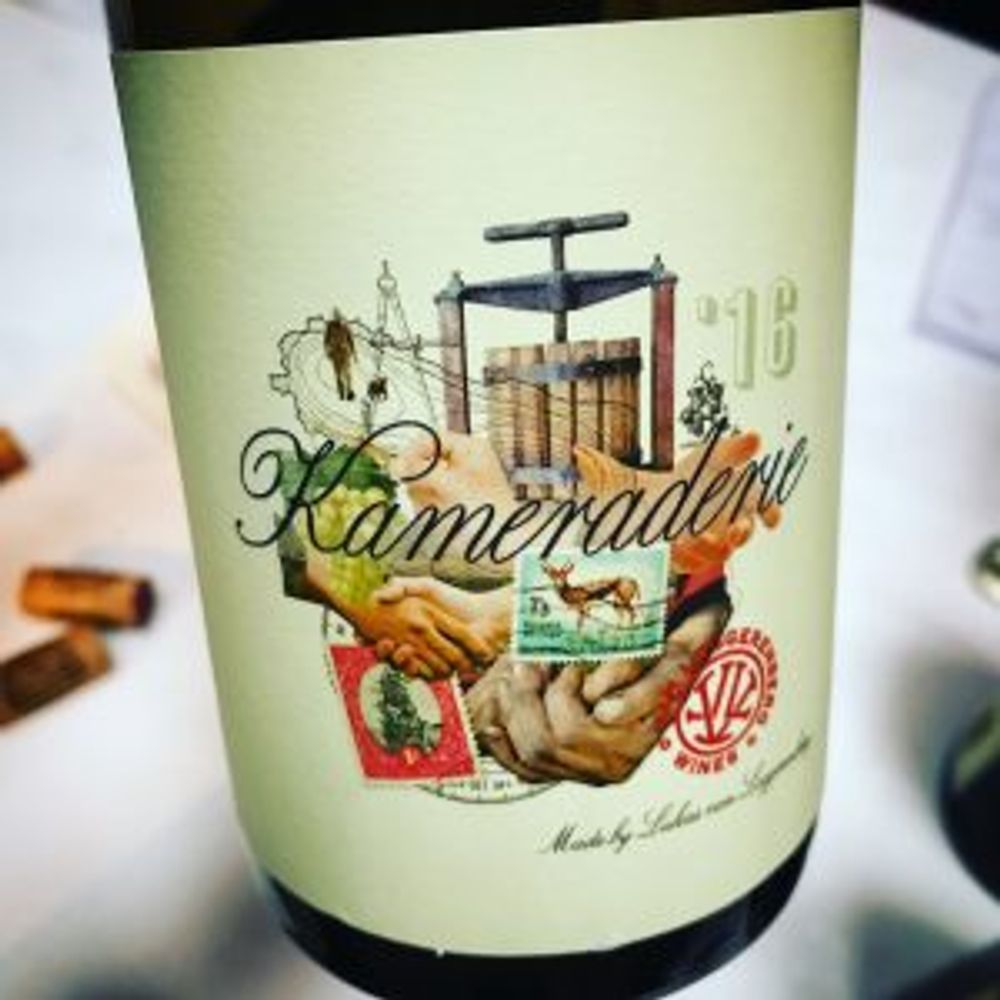
Incredible that Kameraderie is the first vintage from Van Loggerenberg, this discovery on the ‘new wave’ South African scene.
It has all the poise of a Huet demi-sec with great precision and balance between opulence and fresh acidity, helped by the fact that Lukas is sourcing the fruit from 60 year-old vines. There are layers and layers of flavour – peaches, white flowers, nuts – with an underlying spiciness. Superb.
Domaine de la Taille aux Loups, Montlouis sur Loire, Remus, 2016 (Justerini & Brooks)
Is it just me or do your favourite wines of the year seem to follow you around? By that I mean they keep popping up at different tastings, events, dinners. I tasted Jacky Blot’s outstanding Chenin first at lunch in the Ledbury, where it’s served as a half bottle, then in the Loire itself on a press trip and thereafter once I had secured some.
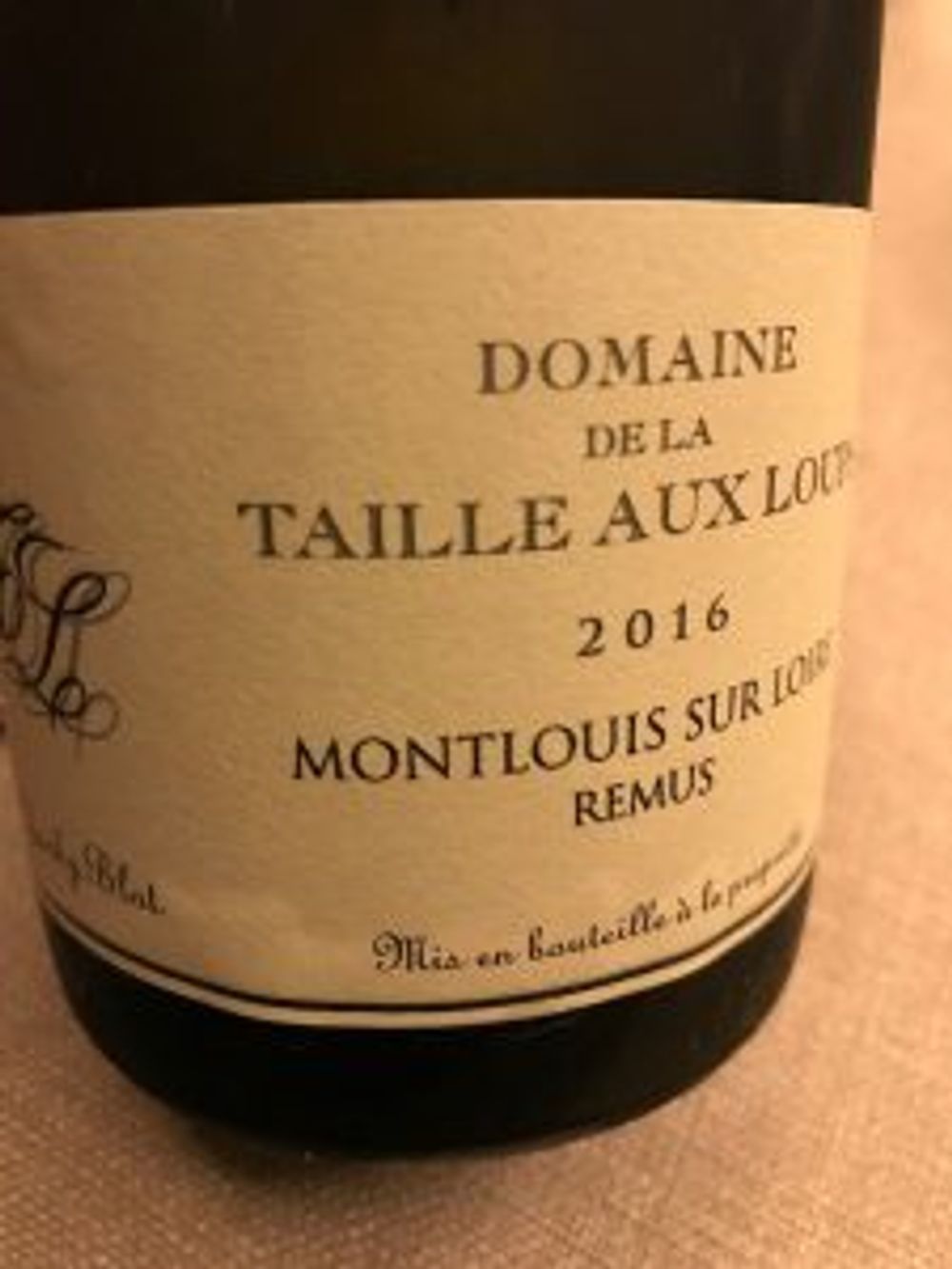
It’s a top class Vouvray in everything but name showing the value you can get across the river in Montlouis. The wine is racy and precise thanks to Blot eschewing malo-lactic fermentation. It has volume but clear definition at the same time.
Dakishvili Family Vineyards, Kakheti, Vita Vinea, Kisi, 2015 (N/A)
We also picked this wine up on one of The Buyer’s many jaunts in 2017, this time in Georgia.
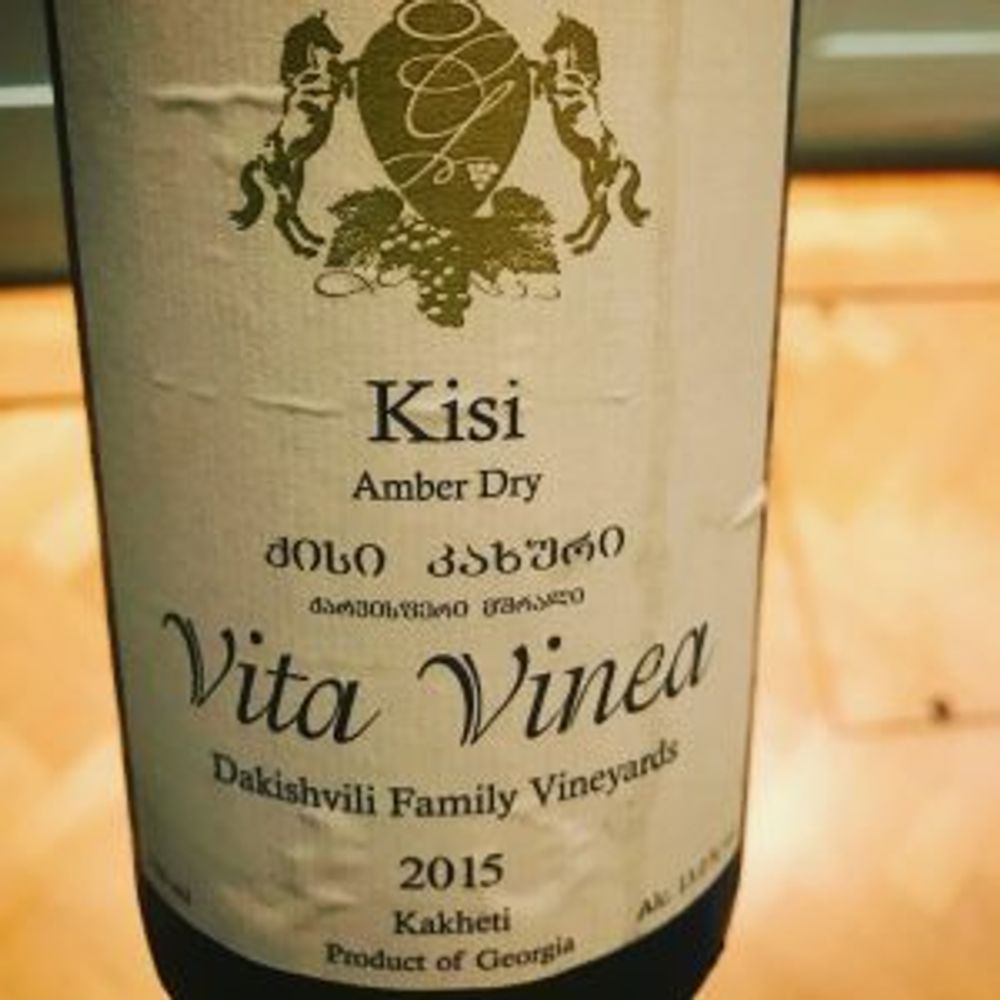
An amber wine made in a qvevri from the Kisi grape, this is a low intervention, long skin contact wine with a difference – it is approachable, utterly beguiling and would have wide appeal.
The wine has a deep golden colour with profound, stony texture. The nose is complex: nuts, fenugreek, sweet apricot, floral, putty; the palate is layered, semi-rich, semi-sweet, semi-dry with notes of caramel, the finish is dry almost dusty, with a hint of cream. This Kisi is not available in the UK yet but hopefully this will change soon.
Oller del Mas, Pla de Bages, Picapoll Negre, 2014
Also on the slightly eclectic end of the dial is this outstanding example of what can happen when you pull a grape back from extinction. This is 100% Piquepoul Noir, wild yeasts, no pressing, nine months in 500l oak barrels, concrete egg and amphora and then a year in bottle.

The wine has a fascinating aroma of forest honey, pollen, spice, it’s elegant in the mouth with a lovely balance, good texture from fine-grained tannins. 12% ABV. It really speaks of the land it comes from if that doesn’t sound too naff.
Domaine du Castel, Judean Hills, Blanc, 2014 (Kedem Europe)
Apart from the delicious wines we tasted from all of the Judean Hills Quartet producers, the lunch with the winemakers was notable for when they passed the wine menu across to one critic and asked her to start ordering some top Burgundies. You don’t ever want to do that to a journo!
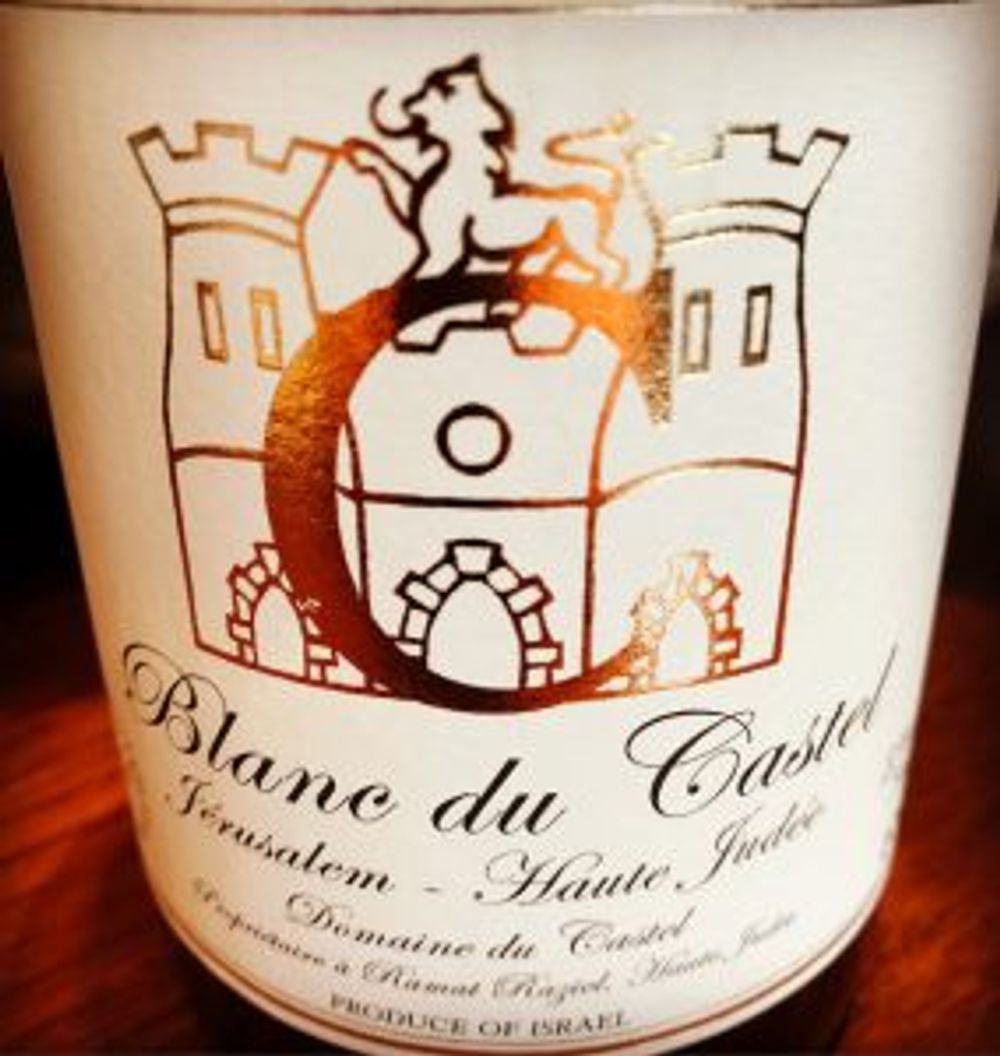
The wines from the Judean Hills themselves were eye-opening – the altitude and the terroir giving them a precision and mineral expression that I haven’t tasted in other Israeli wines and which balanced the full flavour of the fruit.
Blanc du Castel is a Chardonnay from the oldest of the Judean Hills Quartet that is made in a Burgundian style – golden hue, a little evolved, but with well-integrated oak, good layers and complexity, nice volume in the mouth and structure.
San Salvatore Pian di Stio Fiano Paestum, 2014 (Matthew Clark)
And last but definitely not least a high altitude Fiano from Campania that is cold soaked prior to fermentation, locking in floral, savoury notes and juicy lemon peel and juice.
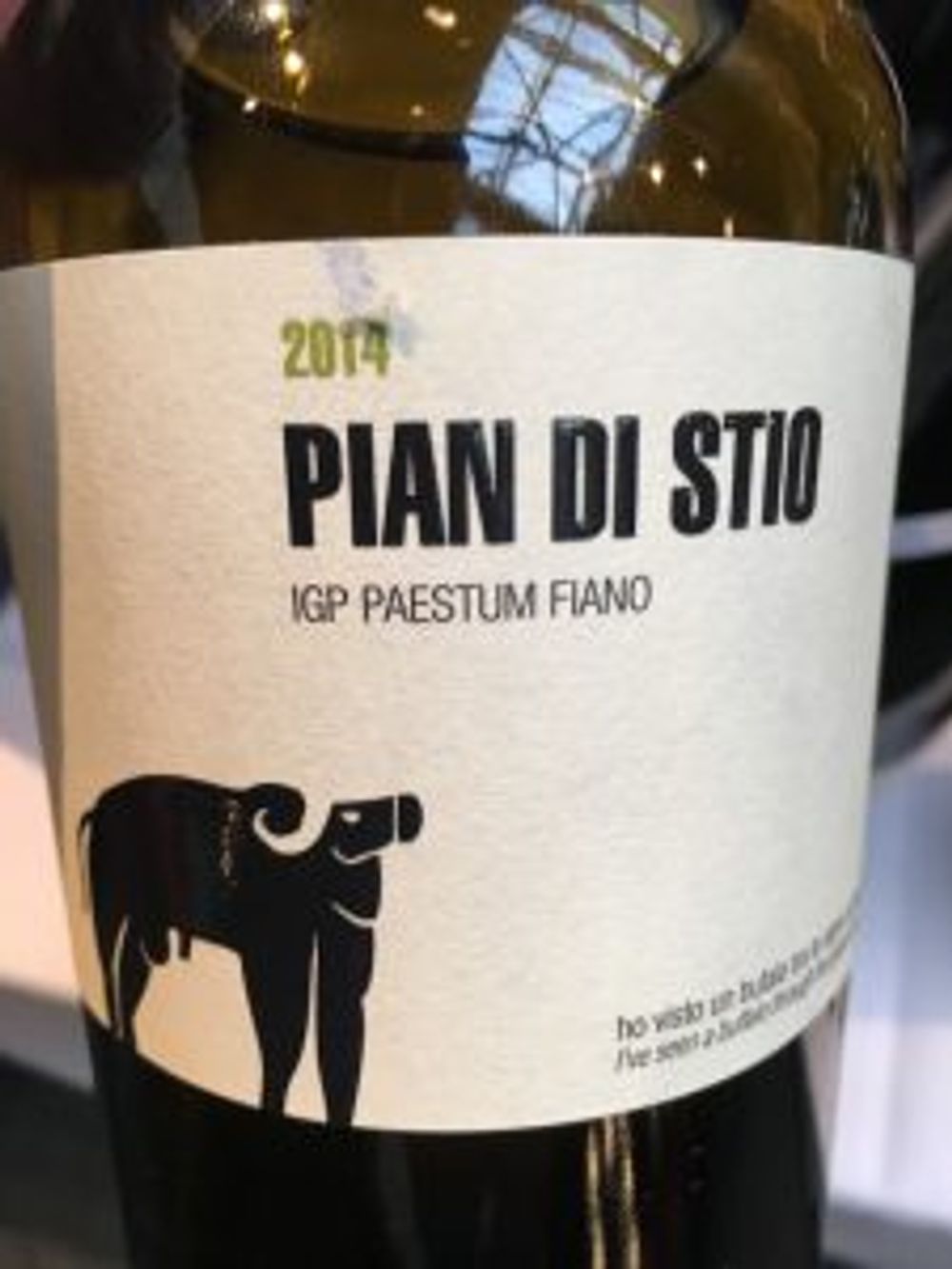
The wine itself is pure, savoury, fruit-driven, balanced, mouth-watering with that twist at the end that confirms it’s an Italian white. This was the highlight of the annual Matthew Clark wine tasting and also comes in an on-trade friendly 50cl bottle which is a terrific format, especially for mid-week.









